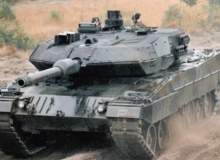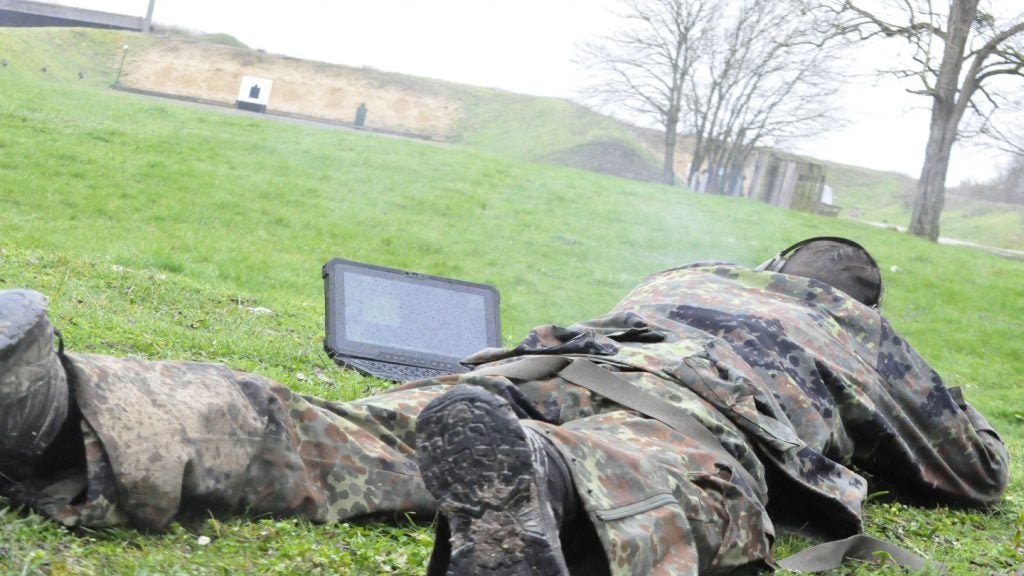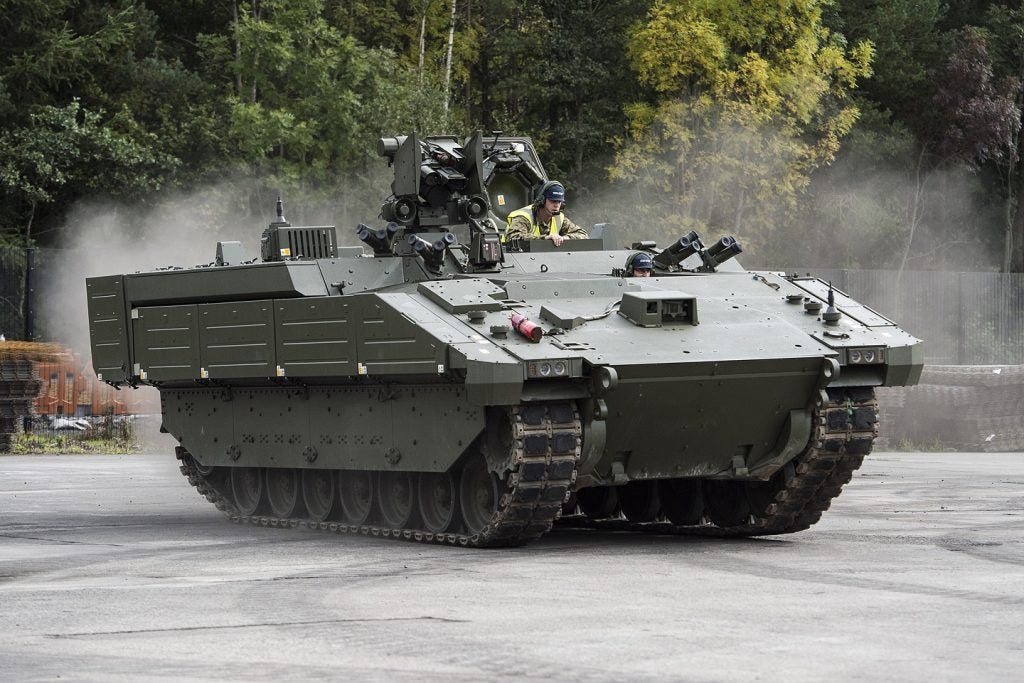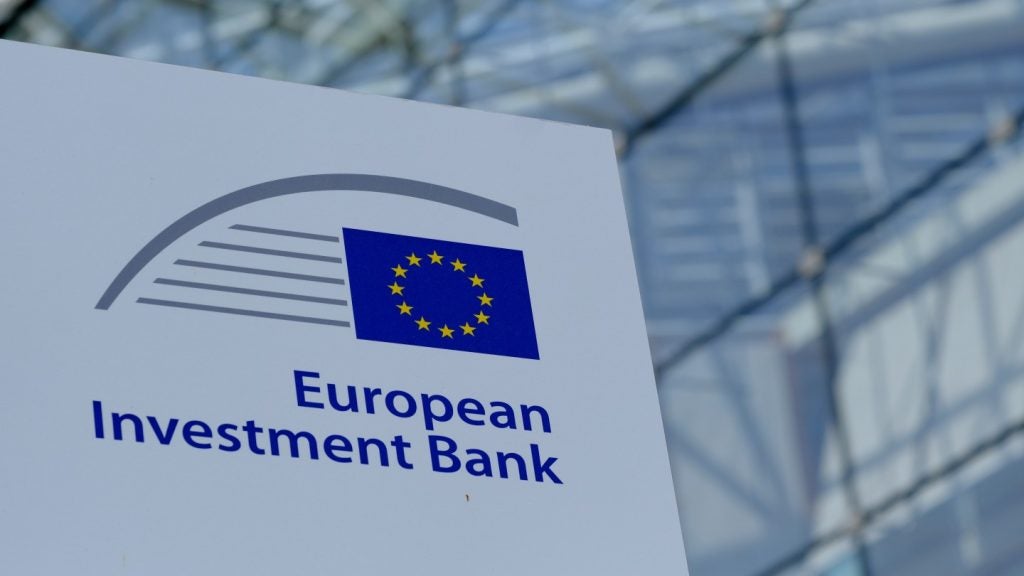

During this year’s NATO Summit held in Wales, the UK Government announced it will sell over 100 surplus armoured vehicles to the small Baltic state of Latvia. In a deal worth £39.4m (€49.4m), Britain will supply 123 second-hand vehicles to the Latvian Army. The vehicles should give Latvian soldiers better protection and provide other vital battlefield capabilities such as ambulances and recovery vehicles.
A hundred 1970s-era vehicles might not sound significant – especially in contrast to the UK’s recent announcement that it would buy over 500 new Scout SV armoured vehicles worth £5.9m each – but in relative terms it is. Latvia’s army is one of the smallest in Europe, numbering around 1,500, and has historically lacked any serious armoured capabilities. The government’s build-up of an armoured vehicle fleet, albeit small, is a sign of shifting priorities in Eastern Europe.
Latvia is still affected by austerity politics, like the rest of Europe, but it has promised to increase defence spending from its current level of around 0.9% of GDP to 2% by 2020. Its total defence expenditure for 2012 was just €201m, with €19m spent on equipment procurement, which has left little room for any major defence acquisitions. With this budget, one of the lowest in NATO, Latvia would be able to afford three new Scout SV vehicles.
Modernising armoured vehicles in the Baltic states
The other two Baltic states, Estonia and Lithuania, have also publicly stated their intention to increase defence spending and invest in newer armoured capabilities. In July, the Lithuanian Ministry of Defence issued a request for information for new vehicles which would replace the army’s existing armoured personnel carriers (APC). Lithuania currently operates 224 M113 APCs, which have limited offensive capabilities, as part of a mechanised infantry brigade.
How well do you really know your competitors?
Access the most comprehensive Company Profiles on the market, powered by GlobalData. Save hours of research. Gain competitive edge.

Thank you!
Your download email will arrive shortly
Not ready to buy yet? Download a free sample
We are confident about the unique quality of our Company Profiles. However, we want you to make the most beneficial decision for your business, so we offer a free sample that you can download by submitting the below form
By GlobalDataUnder modernisation plans, Lithuania is seeking a wheeled Infantry Fighting Vehicle (IFV) to replace its APC fleet. According to IHS Jane’s, the vehicles would fulfil an APC role but also be able to engage both armour and personnel. The vehicles will have a 25mm or bigger automatic cannon, 7.62mm coaxial gun and a turret which could integrate anti-tank guided missiles. A contract for the new vehicles could be placed as early as next year.
For nearly 30 years the Humvee has been the workhorse of militaries across the globe.
Lithuania, like its neighbour Latvia, has vowed to increase defence spending in response to Russia’s annexation of Crimea. It is also committed to spending 2% of its GDP on defence by 2020 and has already increased its budget by 20% since 2013. But in absolute terms, this will still be small when compared to other NATO states. For example, Lithuania’s GDP roughly equates to what Britain spends on defence alone – around €42bn – which will present challenges for modernisation.
The last of the three Baltic states, Estonia, already spends 2% of its GDP on defence and is one of only four countries in NATO which regularly maintains this. As set out in its National Defence Development Plan (NDDP), published last year, Estonia is planning to equip its 6,000-strong army with modern IFVs and APCs. In September 2013, it was revealed that the Netherlands was planning to sell 44 CV90 IFVs to Estonia for an undisclosed sum.
Tellingly, the NDDP also states the need for ‘heavy armoured manoeuvre capability’ – military speak for tanks – for the Estonian army. The MoD says a decision on procuring tanks will not be made until 2016 and, even then, would probably not achieve full operational capability until the mid 2020s.
Poland – the most ambitious moderniser
Out of all the former Warsaw Pact countries, the most ambitious land modernisation efforts are being carried out by Poland. Unlike other NATO countries, Poland has progressively increased its defence spending over the last few years which has been driven by a legal obligation to spend 1.95% of its GDP on defence. The government has earmarked €34bn over the next ten years for a number of defence modernisation programmes.
With an annual defence budget of around €8bn, it outspends other Eastern European countries and already has a sizeable fleet of tanks and armoured vehicles. The problem for the Polish armed forces is that many of these vehicles are former Soviet machines, procured when Poland was still in Russia’s sphere of influence. This includes the antiquated T-72 main battle tank and BMP-1 armoured fighting vehicle.
In November 2013, the Polish Government announced it had bought 119 Leopard main battle tanks from Germany as part of modernisation efforts. The batch included 14 2A4 and 105 2A5 variants, with the delivery of the latter variant beginning in May this year. These new tanks supplement 128 existing Leopard 2A4s, which were bought from the German Army in 2002, and are thought to have 15 years of service life remaining until major upgrades are required.
As part of modernisation and initiatives to strengthen Poland’s defence industrial base, government-owned company Wojskowe Zaklady Mechaniczne (WZM) has resumed production of its Rosomak 8×8, a domestically built vehicle under license from Patria. The Polish military ordered an additional 307 vehicles last year, which will supplement the 690 Rosomak 8×8 vehicles already in service with mechanised brigades.
Bulgary, Hungaria and Romania – reducing Russian dependency
Other former Warsaw Pact countries still operating Soviet-era equipment will be taking note of Poland’s modernisation. Bulgaria, Hungary and Romania still have significant inventories of Soviet tanks such as the T-55, T-72 and BMP armoured fighting vehicles.
Out of the three, Romania enjoys the biggest defence budget at €1.6bn but, according to the European Defence Agency, that is only 1.24% of its GDP. Earlier this year, the Romanian Government said it would increase its defence spending by an additional €155m in response to the Ukraine crisis and continuing Russian aggression. That money will be used to upgrade existing capabilities, rather than buy completely new equipment.
A total of $1.7 trillion was spent on defence in 2013, the year in which China surpassed Russia.
Bulgaria, which joined NATO in 2004, has announced similar modernisation initiatives and an increase in defence funding, all with the aim of reducing its dependency on Russian weapons and components by 2020. But with annual defence spending around €500m, as of 2012, and a weak economy, circumstances have seriously dented this effort. For the foreseeable future, it looks like the country will continue with its fleet of Soviet-built armoured vehicles.
Hungary also has a substantial fleet of Soviet BTR-80 8×8 armoured vehicles which are the mainstay of its ground forces.
Russia’s annexation of Crimea earlier this year and its continued destabilisation of Ukraine will be a huge concern for policymakers in all the former Warsaw Pact countries. Each one has stated its intentions to increase defence spending and several have begun initiatives to modernise their armoured capabilities. Unlike their western NATO allies, this is given greater prominence because of their geographical locations close to Russia’s border. The question is whether modernisation plans and new equipment programmes will be enough to deter a repeat of Crimea in another part of Europe.
Follow Grant Turnbull on Google+



.gif)




